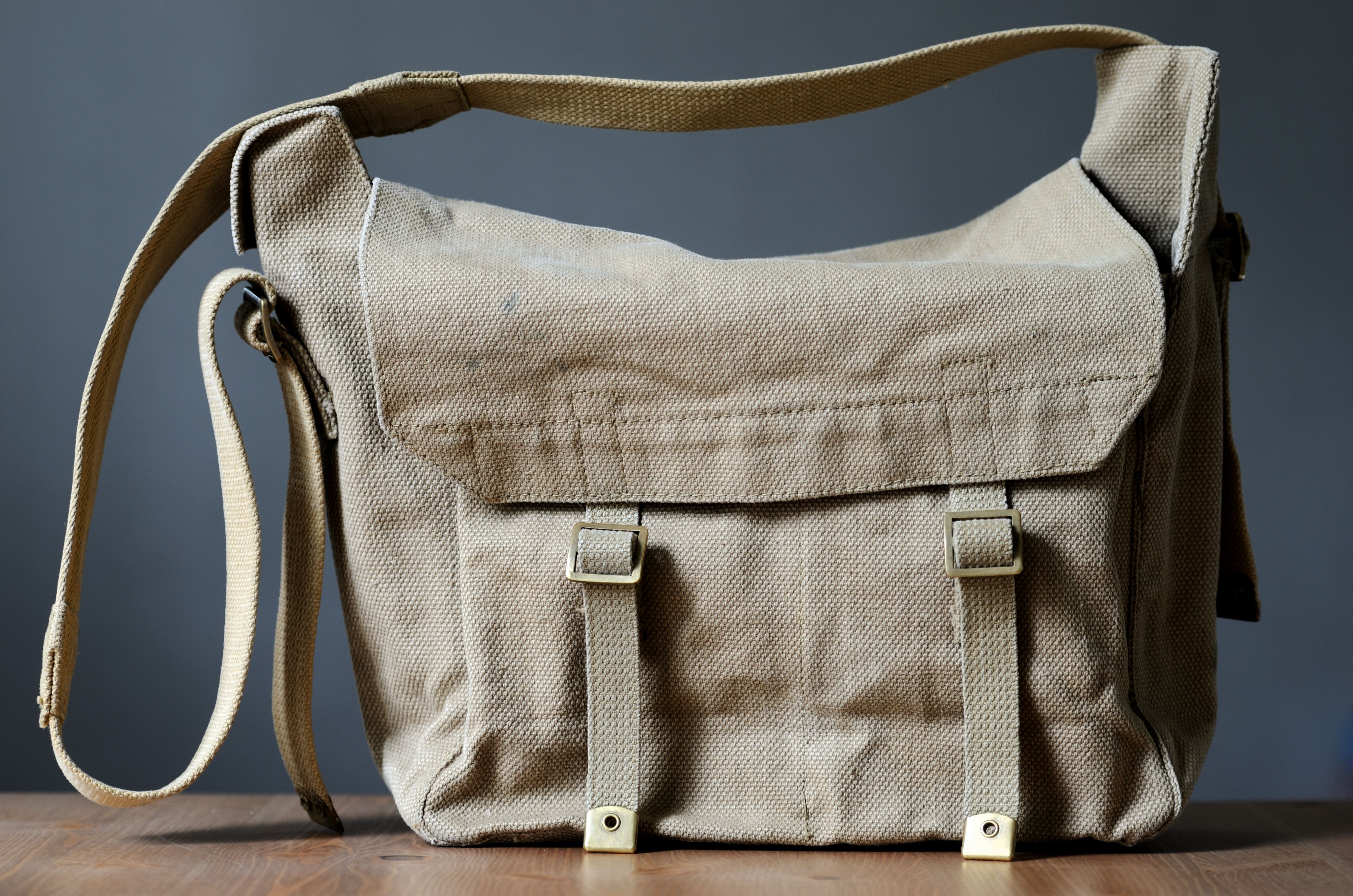It’s a bright, crisp September morning and I’m sitting in a hall, surrounded by shell-shocked teachers as we all adjust to the Autumn term and the return of our early morning get-up time. As I listen to the announcements and take part in the discussions, I realise the same words keep popping up: Ofsted, cultural capital, and schemes of learning. But I am left confused; what is this new buzz word, ‘cultural capital’? How does this relate to scientific capital and my teaching, not to mention my students’ learning?
Cultural capital is the knowledge and skills that we gain from being part of a social group. Ofsted say that the national curriculum provides ‘the essential knowledge that pupils need to be educated citizens, introducing them to the best that has been thought and said, and helping to engender an appreciation of human creativity and achievement’. The schools’ watchdog is concerned that disadvantaged students do not have access to cultural capital at home or in schools, especially as curricula narrow to focus on headline results [1]. So, as part of the new inspection handbook, inspectors are asked to consider the extent to which a school is giving students the cultural capital to succeed in life.
So, if cultural capital is about access to experiences and knowledge, how can Ofsted appraise it? Maybe we should be explicitly including relevant activities in schemes of learning. Or should we write a policy? Or is it about taking stock and reflecting on our practice? I subscribe to the latter idea and can quickly find examples of cultural capital already embedded in our school life, such as visiting speakers and trips, as well as thought-provoking assemblies and real-life contexts to lessons.
Science capital
As the INSET day rolls on, I move to subject specific meetings and am exposed to the idea of science capital, or social and cultural capital in a scientific context.
UCL provides a metaphor to help us understand this term. They suggest that science capital is like a bag that contains all the science-related knowledge, attitudes, experiences and resources that you acquire through life. It includes what science you know, how you think about science (your attitudes and dispositions), who you know (e.g. if your parents are very interested in science), and what sort of everyday engagement you have with science [2]. This term was born from research by Louise Archer et al at King’s College London, who wanted to understand why these science-related resources, attitudes and aspirations led some children to pursue science, while others did not. [3]
This is proving to be an issue, as the new GCSE Sciences allocate a large amount of marks to the application of knowledge to a novel situation. One anecdotal example was an examination question that referred to a patio: in one school, most students lived in tower blocks and were unfamiliar with the term ‘patio’ and so were unable even to decode the question, but not because they did not have the science knowledge and understanding.
So, how can we improve science capital in our classrooms?
Research suggests that to boost science capital it is important to be mindful of the learning environment as well as lesson delivery in order to take opportunities to promote science capital within the structure of existing lesson plans and schemes of work. [4]
Teachers are well drilled with encouraging scientific literacy, modelling positive views on science, and using media resources with current news articles to illustrate classroom content. Planning lessons that embody the ‘elicit, value and link’ approach can improve engagement as well as helping to boost scientific capital. This encourages students to share their own experiences, so that the teacher can recognise and acknowledge existing knowledge, before making links to the content of the lesson. In this way the teacher can find an accessible starting point that is already of interest to the students, making the lesson personalised and localised to where they live.
Back in the INSET day, my mind drifts and I begin to wonder if there are other types of ‘capital’ . . . . there is social capital (being part of a network which helps us to achieve), as well as economic capital (the material advantage of being from the middle or upper classes) — which surely is just, erm, capital?!

Sam Holyman is Second in Science at Aylesford School in Warwick, and formerly West Midlands ASE President. She is also author of a number of best-selling science textbooks for KS3 and GCSE (including the AQA GCSE Foundation: Combined Science Trilogy and Entry Level Certificate Student Book), and a keen advocate of innovative teaching and learning.
Sam was nominated in the Teacher Scientist category for the Science Council’s 100 leading practising scientists, is a Chartered Science Teacher, and has recently been awarded a CPD Quality mark.
[4] http://discovery.ucl.ac.uk/1560142/1/SSR%20June%202017%20118-124%20Nomikou%20et%20al.pdf
